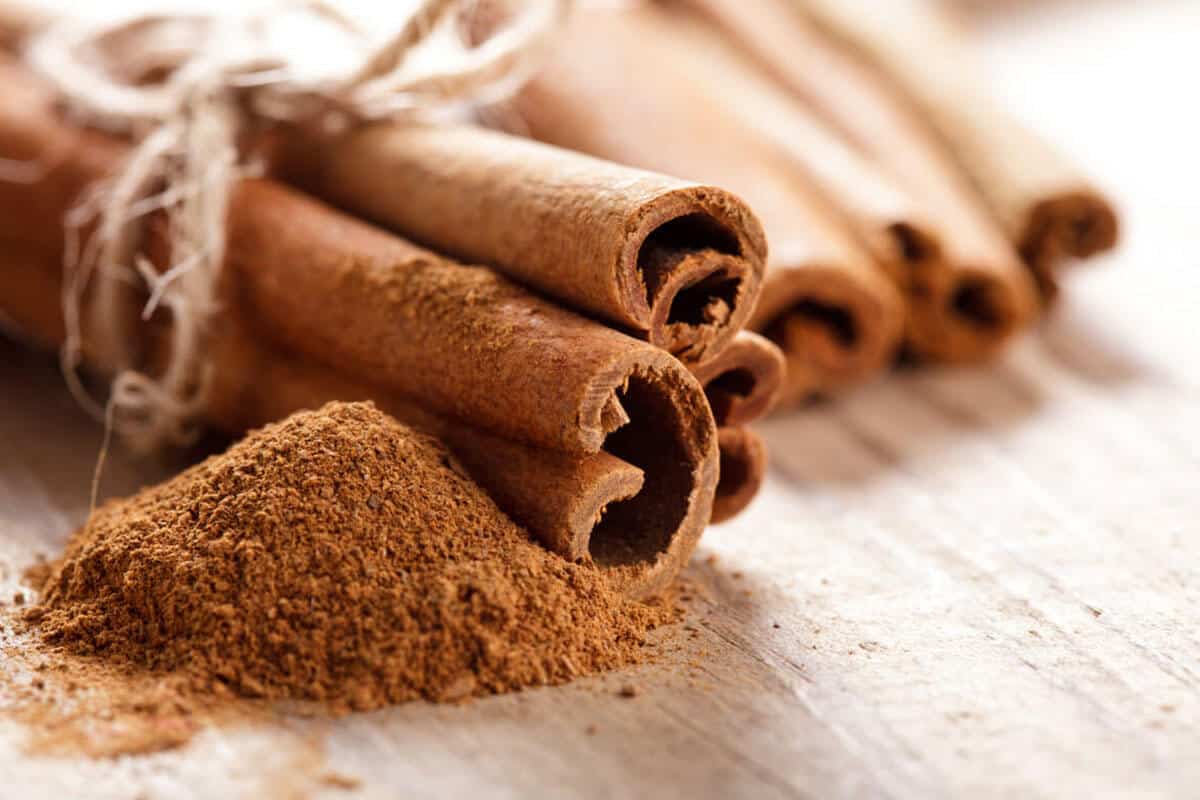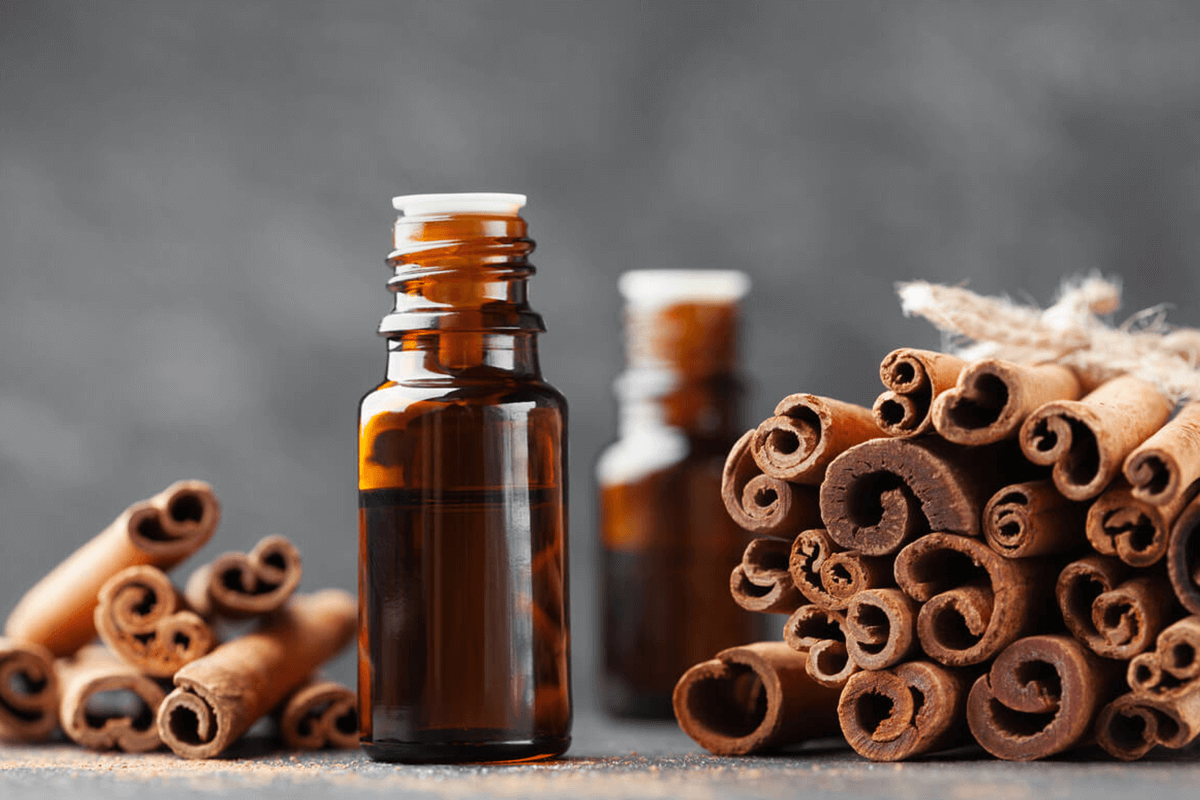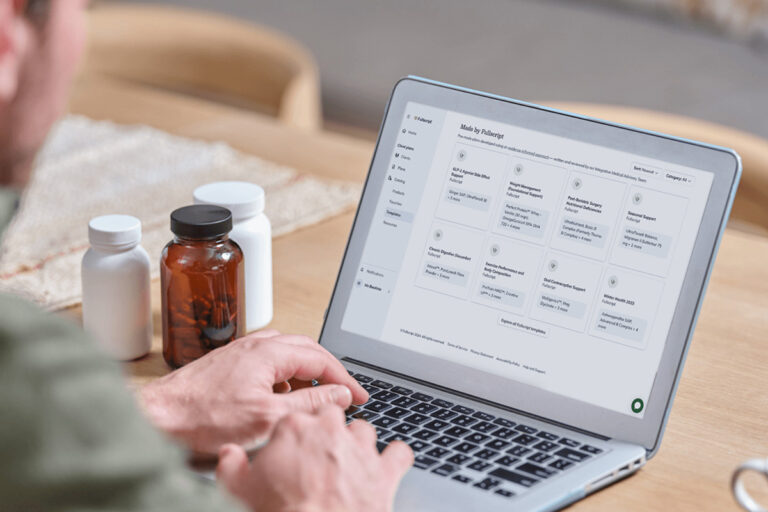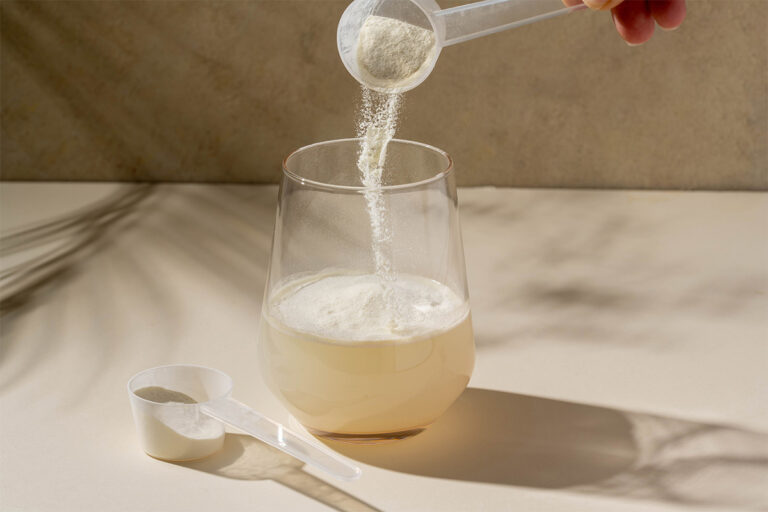What is cinnamon?
Cinnamon is a spice that comes from the inner bark of several trees belonging to the Lauraceae plant family. There are four main species of this family that are harvested to produce different types of cinnamon, including:- Ceylon cinnamon or Sri Lankan cinnamon (Cinnamomum zeylanicum or verum)
- Cassia cinnamon or Chinese cinnamon (Cinnamomum aromaticum)
- Vietnamese cinnamon (Cinnamomum loureiroi)
- Indonesian cinnamon (Cinnamomum burmannii) (7)
Once harvested and processed, cinnamon can be consumed as a tea by steeping cinnamon sticks in boiling water, incorporated as a ground spice in raw or cooked foods, and inhaled or applied topically as an essential oil.
Ceylon cinnamon vs. Cassia cinnamon: what’s the difference?
Did you know that not all cinnamon is created equal? Ceylon cinnamon is native to Sri Lanka, located off the southeastern tip of India, a region previously known as Ceylon before 1972. Ceylon cinnamon is also often referred to as Cinnamomum verum, which in Latin means true, which is why some people refer to Ceylon cinnamon as “true cinnamon.” Its bark is softer, lighter in color, sweeter in taste, and breaks apart more easily than the Cassia varieties. It may also be more expensive and harder to find in retail stores. (18)By contrast, the Cassia variety of cinnamon that most people have in their cupboards typically comes from China. Cinnamon from Vietnam (Cinnamomum loureiroi) and Indonesia (Cinnamomum burmannii) are similar in profile to Cassia cinnamon. Cassia cinnamon contains a larger quantity of a compound called coumarin as compared to the Ceylon variety, which only contains trace amounts. Many plants contain coumarin which acts as a chemical defense against predators. However, if consumed in large quantities, it can be damaging to the liver. (7)
Health benefits of cinnamon
Cinnamon is a source of antioxidants, contains antimicrobial and anti-inflammatory properties, and may benefit heart health and blood sugar levels.Provides a source of antioxidants
Cinnamon bark and its oils are rich in over 40 different antioxidants, such as flavonoids and polyphenols. Antioxidants are beneficial to our health because they help to prevent free radical damage to our cells caused by oxidative stress. Free radicals are byproducts of oxygen metabolism. Although they are produced from normal cell metabolism, when they accumulate as a result of exposure to certain external sources, such as pollution, deep-fried foods, medications, and radiation, they can cause oxidative stress, a contributor to cancer, atherosclerosis, rheumatoid arthritis, Parkinson’s disease, and other chronic conditions. (12)(13)Did you know? Due to its antioxidant content, cinnamon can act as a preservative for food or cosmetics. (11)

Enjoy ground cinnamon in your baked goods, hot dinners, or even your morning smoothie.
Protects against foodborne pathogens
Cinnamon contains antimicrobial properties that help increase the safety and shelf life of food products by preventing the spread of foodborne pathogens and bacteria that can cause food to spoil. (11)Cinnamon, cinnamon tea, and cinnamon essential oil in particular also contain compounds that are antifungal and antiviral. As a result, cinnamon may help support the immune system and prevent common colds. (17)
Did you know? Cinnamon essential oil may help alleviate tooth decay caused by certain oral bacteria. (6)
Has anti-inflammatory properties
Various studies examining the effects of cinnamon and its essential oils have determined that a number of its flavonoids, such as quercetin and hypolaetin, have anti-inflammatory properties. (10)(14)One study from the University of Medical Sciences in Isfahan, Iran and the School of Nutrition and Food Science looked at the use of cinnamon and ginger for addressing muscle soreness associated with inflammation. It found that compared to a placebo, the cinnamon and ginger groups had a decrease in muscle soreness. (10)
Another study examined the effects of cinnamon on a variety of disease markers in 36 women with rheumatoid arthritis (RA), a painful inflammatory autoimmune condition that affects the joints. (16) The participants were divided into two groups and either given four capsules of cinnamon (500 mg) per day or a placebo with no cinnamon for a total of eight weeks. Compared to the placebo group, results for the cinnamon group demonstrated a significant decrease in serum levels of CRP (a protein that can help determine inflammation levels or the presence of an infection), diastolic blood pressure, sensitive and swollen joint counts, and scores for Visual Analogue Scale and Disease Activity Score assessments. (15)

The essential oil of cinnamon bark is much more concentrated than the bark on its own, so less of it is needed to benefit your health.
Supports heart health
Several studies have highlighted the protective and beneficial effects of compounds found in cinnamon on cardiovascular health, including cholesterol levels, circulation, and blood pressure. (14)A systematic review and meta-analysis of 13 studies that examined the effect of cinnamon on blood lipid concentrations determined that cinnamon supplementation significantly reduced blood triglycerides and total cholesterol concentrations. Results also demonstrated that supplementation did not have a statistically significant effect on low-density lipoprotein (LDL) or high-density lipoprotein (HDL) concentrations, however. (9)
Some studies have also found that oxidative stress from free radicals contributes to cardiovascular conditions such as atherosclerosis (i.e., plaque build-up in the arteries). Consuming antioxidant-rich foods and spices such as cinnamon may help address or prevent symptoms associated with these conditions. (2)
Helps balance blood sugar
Cinnamon may also benefit blood sugar levels, particularly in people with type 2 diabetes and insulin resistance. (4)(7)(8)While additional research is required, there is some evidence that suggests that cinnamon helps slow the rate of sugar absorption into the bloodstream by preventing digestive enzymes from breaking down carbohydrates. (1)
Safety considerations
As cinnamon may affect blood sugar levels, talk to your integrative medical practitioner before taking cinnamon supplements if you have diabetes or are taking a medication that lowers blood sugar levels. Cassia cinnamon also contains a compound called coumarin which has been shown to have a negative effect on liver cells. As such, it should be consumed in moderation. Specifically, in 2004, the European Food Safety Authority reported that a tolerable daily intake (TDI) of 0.1 mg of coumarin was appropriate for consumption. (5)The Canadian Food Inspection Agency conducted a targeted survey that analyzed 747 imported products (e.g., baked goods, cinnamon, spice mixtures, teas) that contained cinnamon for their coumarin levels. Coumarin was detected in 90% of product samples and the levels ranged from 0.2 ppb to 5040 ppb. Health Canada did not consider these levels to be a concern to human health. (3)
The bottom line
Cinnamon is one of the most popular and widely used spices in the world. It has also been associated with a number of health benefits, including addressing symptoms related to inflammatory conditions, oral bacteria causing bad breath, and cardiovascular and blood sugar-related issues. Its spicy-sweet flavor makes it a delicious addition to all types of cuisine.- Adisakwattana, S., Lerdsuwankij, O., Poputtachai, U., Minipun, A., & Suparpprom, C. (2011). Inhibitory activity of cinnamon bark species and their combination effect with acarbose against intestinal α-glucosidase and pancreatic α-amylase. Plant foods for human nutrition (Dordrecht, Netherlands), 66(2).
- Bahorun, T., Soobrattee, M. A., Luximon-Ramma, V., & Aruoma, O. I. (2006). Free radicals and antioxidants in cardiovascular health and disease. Internet Journal of Medical, 1(2).
- Canadian Food Inspection Agency. (2016). Coumarin in cinnamon, cinnamon-containing foods and licorice flavoured foods. https://inspection.canada.ca/food-safety-for-industry/food-chemistry-and-microbiology/food-safety-testing-bulletin-and-reports/coumarin/eng/1568641632892/1568641633299
- Davis, P. A., & Yokoyama, W. (2011). Cinnamon intake lowers fasting blood glucose: Meta-analysis. Journal of Medicinal Food, 14(9), 884–889.
- European Food Safety Authority. (2008). Coumarin in flavourings and other food ingredients with flavouring properties – Scientific opinion of the Panel on Food Additives, Flavourings, Processing Aids and Materials in Contact with Food (AFC). https://www.efsa.europa.eu/en/efsajournal/pub/793
- Gupta, C., Kumari, A., Garg, A. P., Catanzaro, R., & Marotta, F. (2011). Comparative study of cinnamon oil and clove oil on some oral microbiota. Acta bio-medica: Atenei Parmensis, 82(3), 197–199.
- Kawatra, P., & Rajagopalan, R. (2015). Cinnamon: Mystic powers of a minute ingredient. Pharmacognosy Research, 7(Suppl 1), S1–S6.
- Kirkham, S., Akilen, R., Sharma, S., & Tsiami, A. (2009). The potential of cinnamon to reduce blood glucose levels in patients with type 2 diabetes and insulin resistance. Diabetes, Obesity & Metabolism, 11(12), 1100–1113.
- Maierean, S. M., Serban, M. C., Sahebkar, A., Ursoniu, S., Serban, A., Penson, P., Banach, M., & Lipid and Blood Pressure Meta-analysis Collaboration (LBPMC) Group (2017). The effects of cinnamon supplementation on blood lipid concentrations: A systematic review and meta-analysis. Journal of Clinical Lipidology, 11(6), 1393–1406.
- Mashhadi, N. S., Ghiasvand, R., Askari, G., Feizi, A., Hariri, M., Darvishi, L., Barani, A., Taghiyar, M., Shiranian, A., & Hajishafiee, M. (2013). Influence of ginger and cinnamon intake on inflammation and muscle soreness endued by exercise in Iranian female athletes. International Journal of Preventive Medicine, 4(Suppl 1), S11–S15.
- Nabavi, S. F., Di Lorenzo, A., Izadi, M., Sobarzo-Sánchez, E., Daglia, M., & Nabavi, S. M. (2015). Antibacterial effects of cinnamon: From farm to food, cosmetic and pharmaceutical Industries. Nutrients, 7(9), 7729–7748. 9
- Pham-Huy, L. A., He, H., & Pham-Huy, C. (2008). Free radicals, antioxidants in disease and health. International Journal of Biomedical Science: IJBS, 4(2), 89–96.
- Rao, P. V., & Gan, S. H. (2014). Cinnamon: A multifaceted medicinal plant. Evidence-based Complementary and Alternative Medicine: eCAM, 2014, 642942.
- Shen, Y., Jia, L. N., Honma, N., Hosono, T., Ariga, T., & Seki, T. (2012). Beneficial effects of cinnamon on the metabolic syndrome, inflammation, and pain, and mechanisms underlying these effects: A review. Journal of Traditional and Complementary Medicine, 2(1), 27–32.
- Shishehbor, F., Rezaeyan Safar, M., Rajaei, E., & Haghighizadeh, M. H. (2018). Cinnamon consumption improves clinical symptoms and inflammatory markers in women with rheumatoid arthritis. Journal of the American College of Nutrition, 1–6.
- Sparks J. A. (2019). Rheumatoid arthritis. Annals of Internal Medicine, 170(1), ITC1–ITC16.
- Urbaniak, A., Głowacka, A., Kowalczyk, E., Lysakowska, M., & Sienkiewicz, M. (2014). Przeciwbakteryjne działanie olejku cynamonowego na wybrane bakterie gram-dodatnie i gram-ujemne . Medycyna doswiadczalna i mikrobiologia, 66(2), 131–141.
- Wijesekera R. O. (1978). Historical overview of the cinnamon industry. CRC Critical Reviews in Food Science and Nutrition, 10(1), 1–30.





